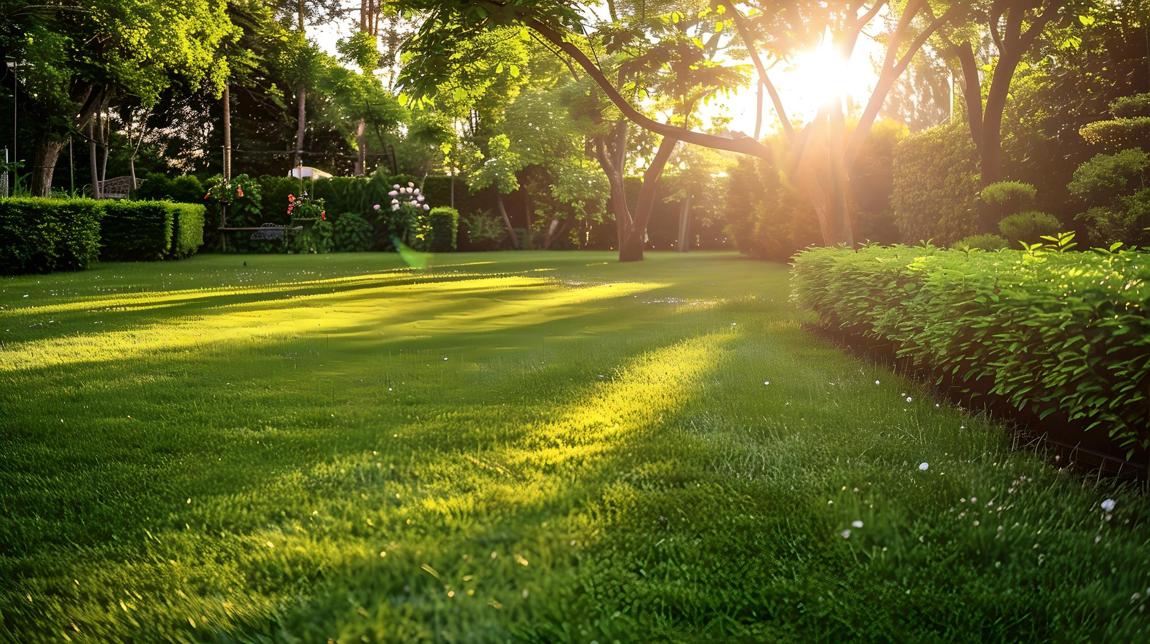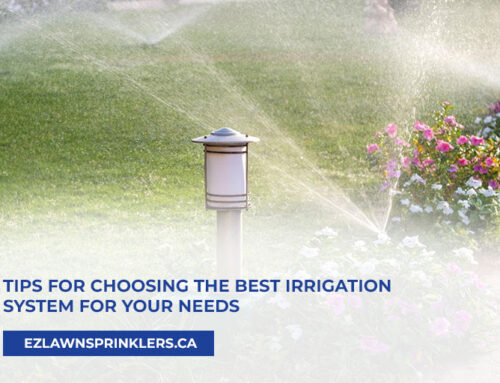When it comes to keeping your lawn lush and vibrant, selecting the right sprinkler heads is key. Whether you’re installing a new irrigation system or upgrading your current setup, making informed choices is crucial. With a wide range of options available, from traditional sprays to modern drip systems, it’s essential to understand each type’s features and functions.
Join us as we explore the nuances of sprinkler heads, empowering you to optimize your lawn care routine and create a thriving outdoor sanctuary. Let’s delve into the details and elevate your landscaping game.
Fixed Spray Sprinkler Heads:
These basic sprinklers serve a fundamental role in many yards, distributing water in a fixed pattern, typically in a fan or circle shape. They’re well-suited for smaller areas, efficiently covering designated spots with ease. Their straightforward design and reliable performance make them a common sight in gardens and lawns, where they provide essential hydration to the vegetation, ensuring healthy growth and vibrant landscapes.
In contrast, advanced irrigation systems offer a more sophisticated approach to watering, incorporating features such as programmable timers, adjustable spray patterns, and even smart technology integration. These systems allow for precise control over watering schedules and distribution, optimizing water usage and minimizing waste.
With capabilities to adapt to varying environmental conditions and specific plant needs, they offer a tailored solution for maintaining lush greenery while conserving resources. As environmental concerns grow and water scarcity becomes more prevalent, the adoption of such efficient irrigation technologies becomes increasingly imperative for sustainable landscaping practices.
Rotary Sprinkler Heads:
These rotating sprinklers offer a practical solution for watering medium to large lawns, adeptly covering expansive areas with their spinning motion. Their ability to distribute water evenly makes them particularly valuable for yards with irregular shapes, ensuring every corner receives the hydration it needs. Well-suited for tackling the demands of larger landscapes, these versatile sprinklers efficiently deliver moisture across the expanse of your lawn, contributing to its health and vitality.
Pop-up Sprinkler Heads:
These subterranean sprinklers offer a discreet solution for lawn irrigation, seamlessly blending into the landscape when not in use. Their underground design provides a sleek appearance, avoiding any visual clutter in the yard. With the flexibility to accommodate various types of nozzles, they can adapt to different watering needs with ease. Ideal for maintaining a polished aesthetic, these hidden gems ensure efficient hydration while preserving the seamless look of your yard.
Impact Sprinkler Heads:
These recognizable rotating sprinklers are distinguished by the distinctive ticking sound they emit as they pivot. Built to withstand rugged conditions, they excel in covering expansive areas, making them a popular choice for larger lawns or fields. Their robust construction and wide coverage capabilities ensure efficient watering across vast stretches of land, contributing to the health and lushness of sizable outdoor spaces.
Drip Irrigation Emitters:
These specialized irrigation systems diverge from traditional sprinklers by delivering water directly to the roots of plants through tubes or drip lines. This targeted approach minimizes water wastage and fosters healthier plant growth by ensuring that moisture is delivered precisely where it’s needed most. Ideal for water conservation efforts, these systems are celebrated for their efficiency in maintaining plant health while reducing overall water consumption. Whether in gardens, flower beds, or agricultural settings, they represent a mindful and resourceful approach to irrigation management.
Remember, it’s not just about picking the right sprinkler head. Proper installation and maintenance are important too. Regular checks and adjustments keep your system running smoothly and save water in the long run.
Exploring Watering Efficiency
Picking the right sprinkler heads is super important for keeping your lawn healthy. But it’s also really smart to think about using water efficiently. In this section, we’ll talk about some cool ways to make sure you’re watering your lawn in the best possible way to save water and keep your lawn happy and green. Let’s jump in and learn some neat tricks for watering smarter:
Timing Is Everything:
One of the most effective ways to optimize watering efficiency is by timing your irrigation sessions wisely. Watering your lawn during the early morning hours, typically before 10 a.m., helps minimize water loss due to evaporation. Additionally, watering in the morning allows the grass to dry throughout the day, reducing the risk of fungal diseases that thrive in moist conditions.
Know Your Soil:
Understanding the composition and moisture retention capacity of your soil is key to efficient watering. Sandy soils drain quickly and may require more frequent watering, while clay soils retain moisture for longer periods. Conducting a simple soil moisture test can help you determine the optimal watering schedule for your lawn, ensuring that water reaches the roots without excess runoff.
Practice Smart Irrigation:
Investing in smart irrigation technology can revolutionize your watering routine by providing real-time data and automated adjustments based on weather conditions, soil moisture levels, and plant needs. These systems offer precise control over watering, minimizing waste and promoting healthier plant growth. Some advanced systems even utilize satellite imagery and weather forecasts to fine-tune watering schedules, maximizing efficiency while conserving water.
Mulch Matters:
Applying a layer of organic mulch around trees, shrubs, and garden beds helps retain soil moisture, reducing the frequency of irrigation. Mulch acts as a natural insulator, shielding the soil from direct sunlight and evaporation while inhibiting weed growth. Additionally, as mulch decomposes, it enriches the soil with essential nutrients, promoting overall soil health and vitality.
Consider Rainwater Harvesting:
Harnessing rainwater through harvesting systems offers a sustainable alternative to traditional irrigation methods. Collecting rainwater from rooftops or paved surfaces and directing it to storage tanks allows you to supplement your watering needs while reducing reliance on municipal water sources. Rainwater is naturally soft and free from chemicals, making it an ideal choice for watering plants and lawns.
By understanding the different types of sprinkler heads and lawn sprinkler solutions, including installing lawn sprinklers, proper watering techniques, and sprinkler servicing, you can make sure your lawn gets the right amount of water without wasting a drop.






